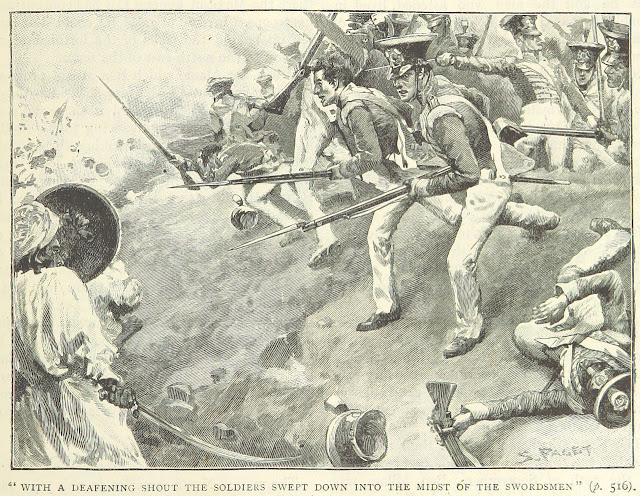Balochistan, a region known for its stunning mountains and rich cultural heritage, has a captivating history shaped by the arrival of the British in 1839. This article explores the historical context of the British presence in Balochistan, the intriguing meaning behind the Balochi term "kwatta" or "kowatta," and the district's name during that period. Additionally, it delves into the valiant resistance mounted by Baloch fighters in Quetta against British rule. Through a combination of historical facts, data, and references, we unravel the significance of Balochistan's past and the enduring spirit of its people.
The British Arrival in Balochistan: In the 19th century, the British Empire sought to expand its influence into strategic regions across the globe. Balochistan, with its rugged terrain and valuable resources, caught the attention of the British. Thus, in 1839, they set foot in Balochistan, marking a turning point in its history. This marked the beginning of British colonial ambitions in the Indian subcontinent and a new chapter for Balochistan.
The Meaning of "Kwatta" or "Kowatta": Within the Balochi language, the terms "kwatta" or "kowatta" hold special significance. These words refer to a place nestled amidst towering mountains, beautifully encapsulating the geographical landscape of Balochistan. The region's majestic mountain ranges, including the famous Bolan Pass, became emblematic of Balochistan's identity and natural beauty.
Shal: The District's Name: During the British arrival in Balochistan, the district where Quetta stands today was known as Shal. This name carries historical weight, representing the early identity and roots of the region. It serves as a reminder of Balochistan's past, highlighting its evolution into the prominent city of Quetta, now recognized as the provincial capital.
The Valiant Baloch Resistance in Quetta: As the British consolidated their rule in Balochistan, the Baloch people displayed remarkable courage and resilience. In Quetta, a city of strategic importance guarding the Bolan Pass, Baloch fighters launched a notable raid against the British forces. This act of defiance showcased the indomitable spirit of the Baloch people in their struggle against colonial oppression.
Historical Facts and Data: To gain a deeper understanding of Balochistan's history and the events surrounding the British arrival, we turn to a wealth of historical references and data. Colonial-era records, official reports, and correspondence provide valuable insights into the motivations behind the British expansion into Balochistan. They offer a glimpse into the strategies employed by the British and the impact of their presence on the region.
Furthermore, scholarly works and research papers shed light on the Baloch resistance against British rule, analyzing the historical context and offering interpretations of the events. These sources contribute to our understanding of the Baloch people's fight for independence and their enduring struggle against foreign domination.
The history of Balochistan intertwines with the arrival of the British, the significant meaning of "kwatta" or "kowatta" reflecting its mountainous landscape, and the heroic resistance of Baloch fighters in Quetta. Exploring these historical facts and data enhances our appreciation for Balochistan's rich heritage and the unwavering spirit of its people. By acknowledging and preserving these narratives, we pay tribute to the struggles and contributions of those who have shaped Balochistan's past and continue to inspire its future generations.
Reference:

















